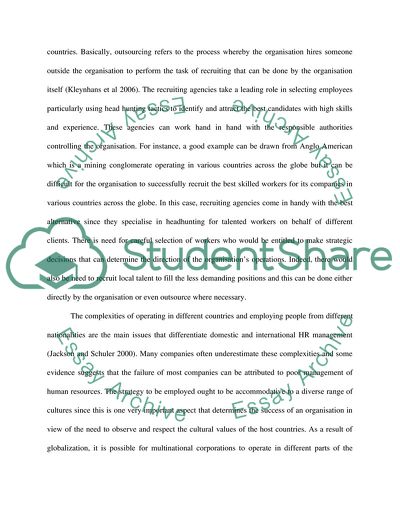Cite this document
(Attracting Talent in an International Dimension Dissertation - 5, n.d.)
Attracting Talent in an International Dimension Dissertation - 5. Retrieved from https://studentshare.org/social-science/1729887-the-role-of-recruitment-and-selection-strategy-in-supporting-employee-retention-within-a-complex-international-labour-market
Attracting Talent in an International Dimension Dissertation - 5. Retrieved from https://studentshare.org/social-science/1729887-the-role-of-recruitment-and-selection-strategy-in-supporting-employee-retention-within-a-complex-international-labour-market
(Attracting Talent in an International Dimension Dissertation - 5)
Attracting Talent in an International Dimension Dissertation - 5. https://studentshare.org/social-science/1729887-the-role-of-recruitment-and-selection-strategy-in-supporting-employee-retention-within-a-complex-international-labour-market.
Attracting Talent in an International Dimension Dissertation - 5. https://studentshare.org/social-science/1729887-the-role-of-recruitment-and-selection-strategy-in-supporting-employee-retention-within-a-complex-international-labour-market.
“Attracting Talent in an International Dimension Dissertation - 5”, n.d. https://studentshare.org/social-science/1729887-the-role-of-recruitment-and-selection-strategy-in-supporting-employee-retention-within-a-complex-international-labour-market.


